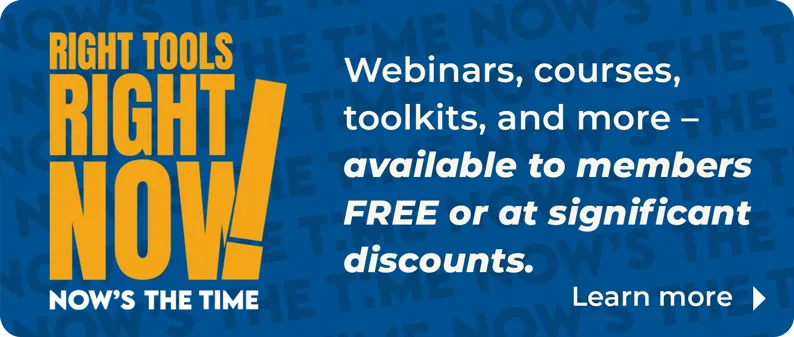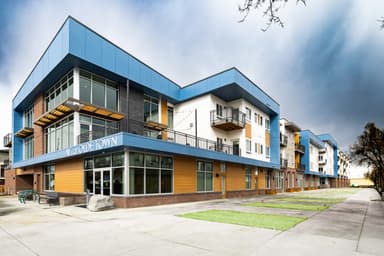This issue of On Common Ground spotlights local government financing—where municipal funds come from, how they are spent, and the pressures communities face in balancing budgets. Inside, we explore emerging tools and strategies that local leaders are using, along with best practices, case studies, and expert recommendations designed to help strengthen fiscal health and support smarter growth.
In This Issue
In this edition of On Common Ground, we take a deep dive into local government finance to examine the state of the local government economic cycle.
Plenty of thought leaders have notions on how local government can improve quality of life while reconciling belt tightening.
This perfect storm of greater need with lower federal funding is pressing municipalities to explore other ways to foot the bill for green infrastructure.
Local governments looking for dollars to maintain aging infrastructure are increasingly coming up short—here are some examples of communities employing creative solutions.
Municipalities are using Tax Increment Financing (TIF) as a way to fund housing and create redevelopment opportunities that encourage functional public spaces.
You can feel it in your bones that green spaces are fundamentally good for you. Now, making the financial case is becoming much easier.
In 2025, a full-time worker would need to make $33.60 per hour to afford the average rent for a modest two-bedroom apartment in the United States.




















